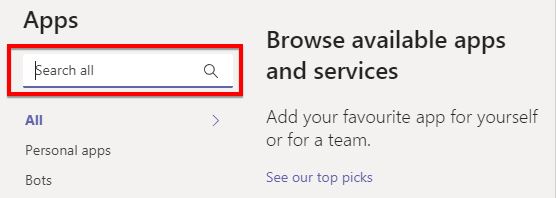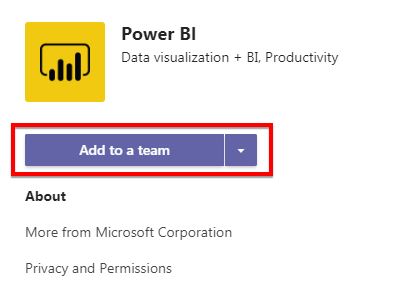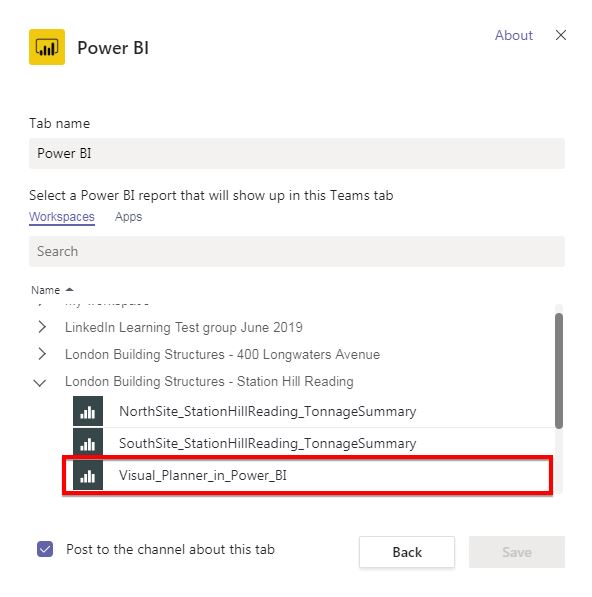I just finished the course “Introduction to Digital Twins”!
What’s something you’ve learned this week?
#datascience #bigdata #digitaltwin

Happy learning!
Cheers.
I had a case recently where we need to upgrade the model, we have in the BIM360 platform, from Revit 2018 to Revit 2019.
Just recently, the Cloud Model Upgrade feature has been added to BIM 360 Design for BIM 360 Document Management-based projects. You should have the Project Admin access for you to perform the upgrade task. We will use this feature to upgrade our project and its interface should look like the image below.

I did a test upgrade first to check if there will be some error that will require my attention. Base on the result below, I’m good to upgrade my project to Revit 2019 or Revit 2020.

Before you finally convert your project to Revit 2019 (or Revit 2020) from Revit 2018, I would suggest that you create a backup of the latest Revit 2018 model to your local drive or project server just in case something goes wrong. After that click the upgrade button.
Then you will be asked for the last time for final confirmation by confirming that you have read the important notes before upgrading.

Hit the upgrade button and get some cup of tea or coffee then you can work with your other projects while the upgrade is performing on the background.

An automated e-mail notification is sent from BIM 360 to let you know the status of the upgrade process.

I hope you find this useful.
Have a great day.
Cheers.
Hi everyone,
Here is a quick tutorial on how to add your Power BI Dashboard to the Microsoft Team Page.
Let’s get started.
First, from the Microsoft Team bottom left-hand corner, select the “Apps” icon.

Then a pop-up window will appear. In the search tab, Type “Power BI”.

Then select the Power BI in the apps.

After that, you’ll be asked to which team you would like your Power BI dashboard to be added. Click “Add to a team”.

Then select the team. For this example, I’ll be choosing “General – London Buildings” team.

Then continue the setup by clicking “Set up a tab”.

Next, select which dashboard from your Power BI Workspace is the one you would like to be added to the Microsoft team.

Wait for a few seconds and you’ll notice a new tab is created to match the name of your Power BI dashboard.

The dashboard is now live in your Microsoft Team.
Do you find this useful? I want to hear from you by leaving your comment below.
Happy learning.
Cheers.